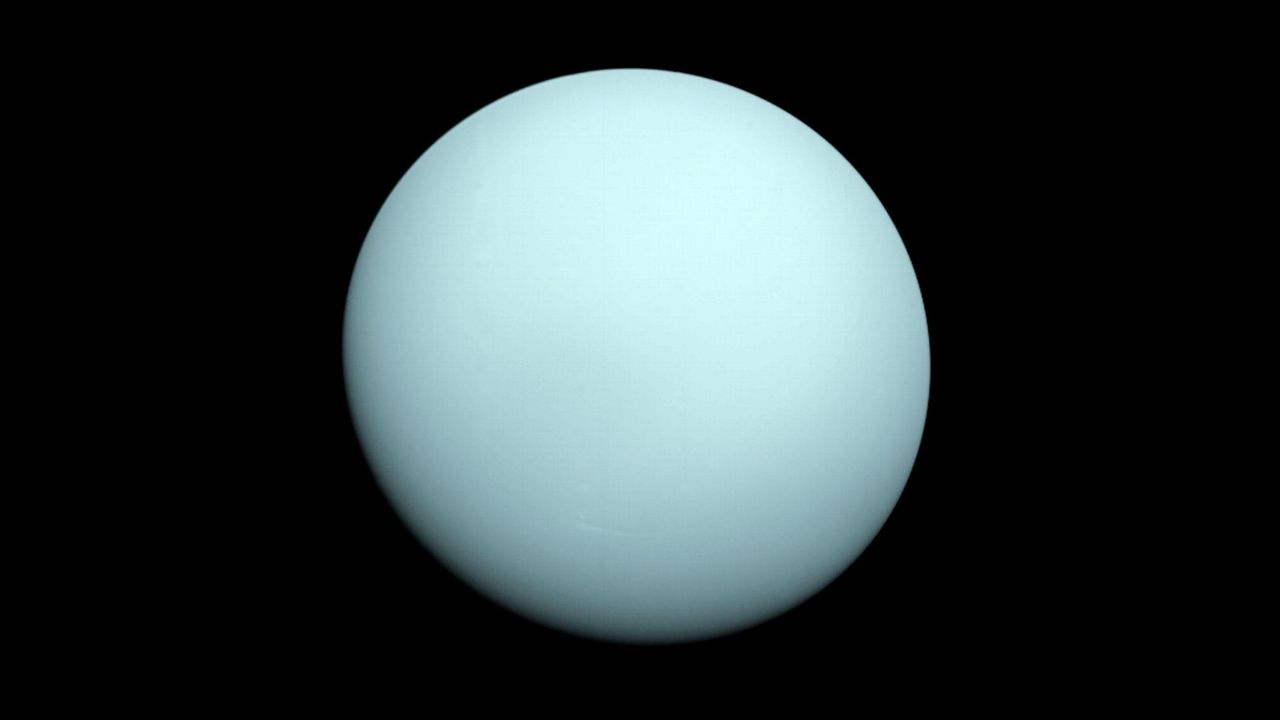Now Reading: James Webb Telescope Discovers Unusual Planet-Forming Disk Around Young Star
-
01
James Webb Telescope Discovers Unusual Planet-Forming Disk Around Young Star
James Webb Telescope Discovers Unusual Planet-Forming Disk Around Young Star

Quick Summary
- Astronomers using the James Webb Space Telescope (JWST) discovered a protoplanetary disk with unusual chemistry around an infant star, XUE 10.
- the disk, located in the NGC 6357 region about 5,550 light-years from Earth, exhibits high concentrations of carbon dioxide and very low water content.
- This challenges current planet formation models that assume water vapor dominates such disks’ inner regions.
- The XUE Collaboration researchers speculate intense ultraviolet radiation might be reshaping the chemical composition of this disk.
- Isotopes like carbon-13 and oxygen isotopes found in the disk could provide insights into early solar system formations involving meteorites and comets.
- Researchers emphasize that extreme radiation environments may significantly influence planetary atmospheres’ diversity and habitability potential.
Images:
!Protoplanetary Disk
Illustration of a protoplanetary disk around an infant star.
!Star-forming Region NGC 6357
Image showing NGC 6357 region containing XUE 10.
Source: Research published in Astronomy & Astrophysics journal.
Indian Opinion Analysis
This finding challenges prevailing assumptions about planet formation processes and chemical compositions within protoplanetary disks. For India’s growing space research ambitions-such as ISRO’s upcoming astronomy missions-it underscores both opportunities for collaboration with international projects like JWST and areas too focus on for future astronomical studies. As understanding cosmic phenomena deepens, it creates avenues for Indian scientists to contribute through advancements in theoretical physics or spectroscopy-related technologies.
Given India’s aspirations toward fostering innovation-driven education frameworks (e.g., NEP2020), discoveries such as these could inspire curriculum enhancements to better integrate astrophysical research into academics. Additionally, findings related to extreme radiation effects on planetary building blocks might resonate with interlinked domains such as climate science or biology.
India should carefully watch developments here while enhancing scientific partnerships globally to remain at par with emerging discoveries shaping humanity’s understanding of universe evolution.

























